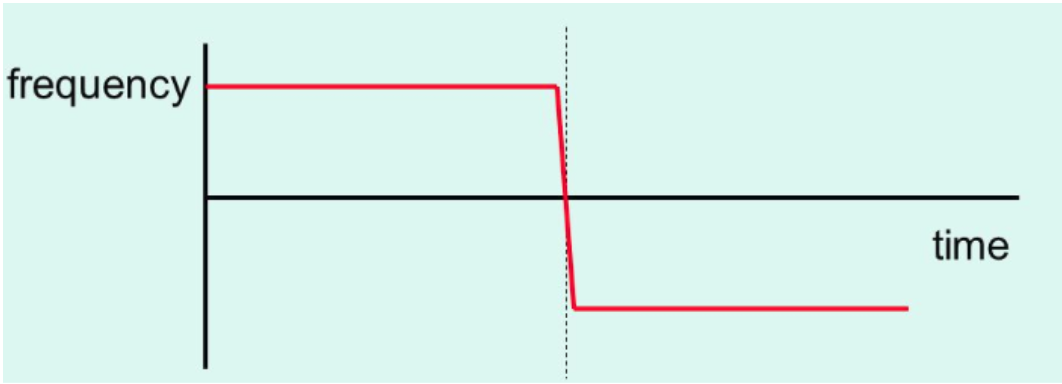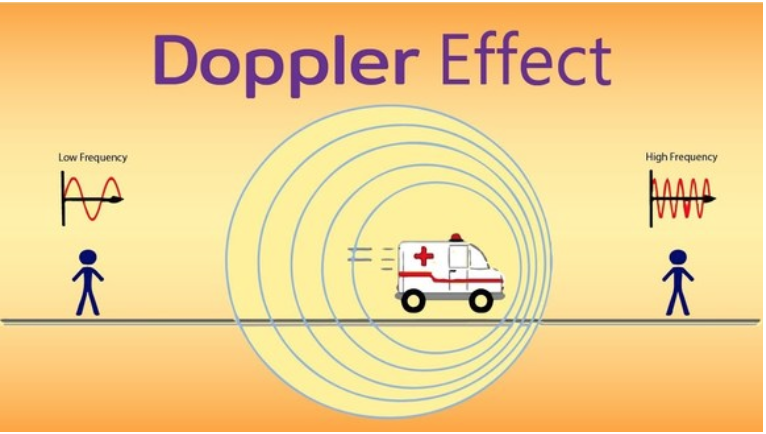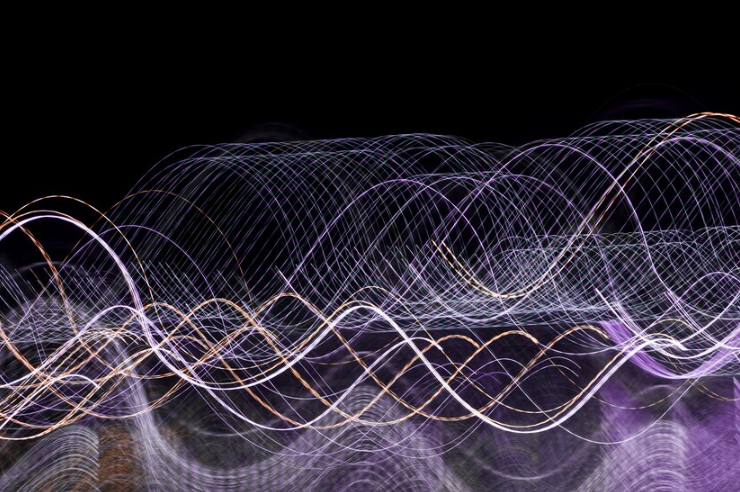10.2 Periodic Waves
As of 2021, the College Board focuses only on Units 1-7 in the AP Physics 1 exam. This content on periodic waves remains available as a valuable resource for understanding fundamental physics concepts.
Enduring Understanding 6.B 💻
A periodic wave is one that repeats as a function of both time and position. These waves are described by key properties such as amplitude, frequency, wavelength, speed, and energy.
Essential Knowledge 6.B.1 🏡
For a periodic wave, the period is the repeat time of the wave. The frequency is the number of repetitions of the wave per unit of time.
Essential Knowledge 6.B.2 🏡
For a periodic wave, the wavelength is the repeat distance of the wave.
Essential Knowledge 6.B.4 🏡
For a periodic wave, wavelength is the ratio of speed over frequency:
Essential Knowledge 6.B.5 🏡
The observed frequency of a wave depends on the relative motion of the source and observer.
Relationship Between Frequency and Wavelength
The velocity of a wave is directly related to its frequency and wavelength:
If the wave’s velocity is constant, frequency and wavelength have an inverse relationship:
Higher frequency = Shorter wavelength.
Lower frequency = Longer wavelength.
Example:
In the diagram below, longer wavelengths correspond to smaller frequencies (longer time between peaks), while shorter wavelengths lead to higher frequencies. In both cases, the wave’s velocity remains the same.

Moving Sources of Waves: The Doppler Effect
When a wave source is moving relative to an observer, the observed wavelength and frequency change. This phenomenon is known as the Doppler Effect:
Approaching Source:
Observed frequency increases.
Observed wavelength decreases.
Receding Source:
Observed frequency decreases.
Observed wavelength increases.
Key Insights:
The Doppler Effect is directly related to the relative motion of the source and observer.
The faster the relative motion, the more significant the frequency shift.


Graphical Representation of the Doppler Effect
The graph below illustrates a wave source moving toward and then passing an observer. The frequency suddenly shifts when the source switches from approaching to moving away.
Additional Notes:
The Doppler Effect applies to mechanical waves (e.g., sound waves) and electromagnetic waves (e.g., light).
In AP Physics 1, the focus is on mechanical waves and qualitative relationships, not on mathematical modeling of the Doppler Effect.
Key Takeaways
Periodic waves repeat in both time and space, characterized by properties like amplitude, frequency, and wavelength.
The Doppler Effect demonstrates how relative motion between a wave source and an observer affects observed frequency and wavelength.
Understanding periodic waves is essential for applications in acoustics, engineering, and wave-based technologies.







